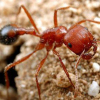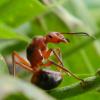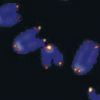Hey guys,
Ok, so I have a formica colony, and for the past week or so, there has been this white ant all curled up. They look like they just came out of the cocoon Stage, but why haven’t they changed colors and become an ant yet? Because it has been 7 days plus??? All answers are appreciated, thank you.






















